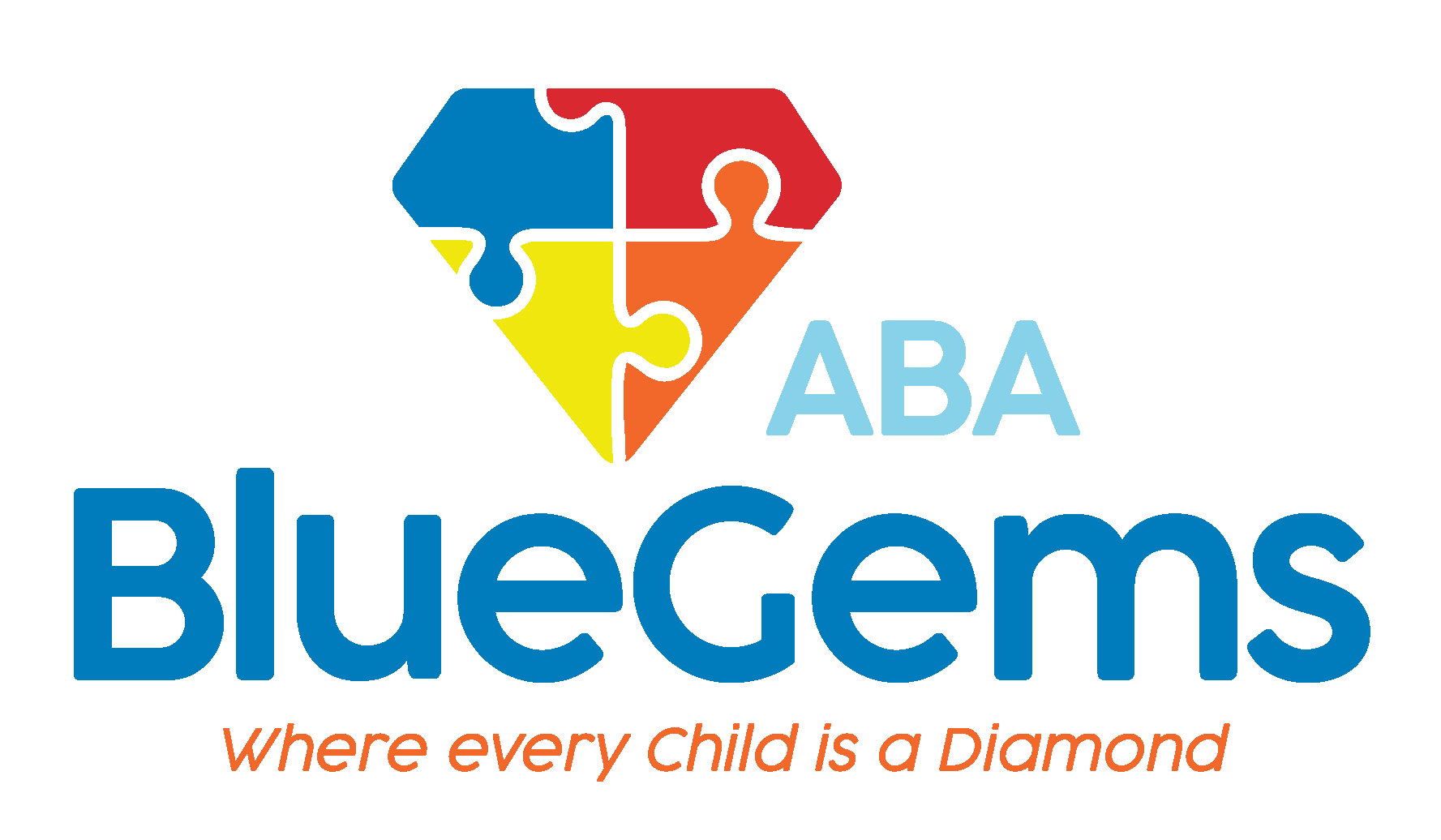Why Do Children with Autism Struggle with Non-Verbal Communication?
Individuals who have autism spectrum disorder (ASD) often have a deficit in their social communication. This is part of the diagnostic criteria that’s used for ASD, and it describes how they may not be on equal footing with their neurotypical peers when it comes to this skill.
In many ways, children with autism simply have different communication skills from those of their peers. One area that they commonly struggle with is non-verbal communication, which refers to any communication methods that don’t involve words.
This includes body language, facial expressions, eye contact and anything else that’s not related directly to words, language and speech.
Non-verbal communication is essential to effective communication, which means that children with autism may need extra support in this area. This can be provided through applied behavioral analysis, or ABA therapy.
Below, we’ll discuss why children with autism struggle with non-verbal communication.
Learn more about Autism signs and symptoms
Table Of Contents
What Role Does Non-Verbal Communication Play?
Non-verbal communication plays an important role in communication. Facial expressions, for example, can include important information about a person’s intentions and/or emotions.
Eye contact conveys the message that you’re interested in what the other person is saying and are engaged in the conversation. This is how most neurotypical individuals use non-verbal communication and view it.
Children with autism, though, don’t use and/or approach non-verbal communication in the same way. They tend to gather this extra information about people they interact with in different ways.
What Struggles Do Children with Autism Face with Non-Verbal Communication?
Many children who have autism experience delays in spoken language. But, it’s not just those verbal communication modes that are challenged.
At the same time, children with ASD don’t often understand social cues and other non-verbal cues. Conversations often begin with eye contact, for instance, but many children with autism struggle with establishing and maintaining it. This, in turn, can negatively affect their ability to communicate with others, to create connections and to get their needs and wants met.
During conversations, they might misinterpret facial expressions or gestures. They might not understand the nuances of tone of voice.
All of this can leave them not understanding what is actually going on in a conversation, which only compounds the communication challenges they already face.

Why Do Children with Autism Struggle with Non-Verbal Communication?
All of the struggles that children with autism face have to do with the way their brain functions. As ASD is a lifelong neurodevelopmental disorder, it has to do with how the brain works.
Recent research has suggested that neural pathways may be “off” and not function the same as they do in neurotypical individuals. When these connections are off, there can be deficits in development and communication.
This could be where the deficit in non-verbal communication comes from in children with autism.
Can Non-Verbal Communication Be Improved?
Luckily, non-verbal communication is a skill that can be built over time with hard work and dedication. ABA therapy is widely accepted as the best treatment for children on the autism spectrum, as it can help them build their overall communication skills.
ABA therapists work with patients on a one-to-one basis, crafting a treatment plan that is catered specifically to their unique strengths and challenges. Specific goals will be set, with progress toward them tracked, and the plan adjusted down the line as need be.
ABA therapy involves repetition and positive reinforcement to teach certain skills. This is also done by breaking down instruction of tasks into smaller steps that can be easier for children with autism to understand.
Therapists can work closely with their patients to help them learn what non-verbal cues are so they can understand what they mean when someone uses them in a conversation. Then, they can help them respond appropriately based on that knowledge that they have gained.
This is just one small example of how ABA therapy can help children build their non-verbal communication skills. The all-encompassing treatment plan seeks to help every child live a happy and fulfilling life.
Blue Gems ABA Helps Children Build Communication Skills
Non-verbal cues are a big part of successful communication. Yet, children on the autism spectrum often struggle with non-verbal communication.
At Blue Gems ABA, our team of BCBAs works directly with children with ASD on a one-to-one basis, helping them build these communication skills with which they often struggle. We build personalized treatment plans that are catered to each patient’s individual needs, and help them reach their goals over time.
To learn more, please contact us today.




